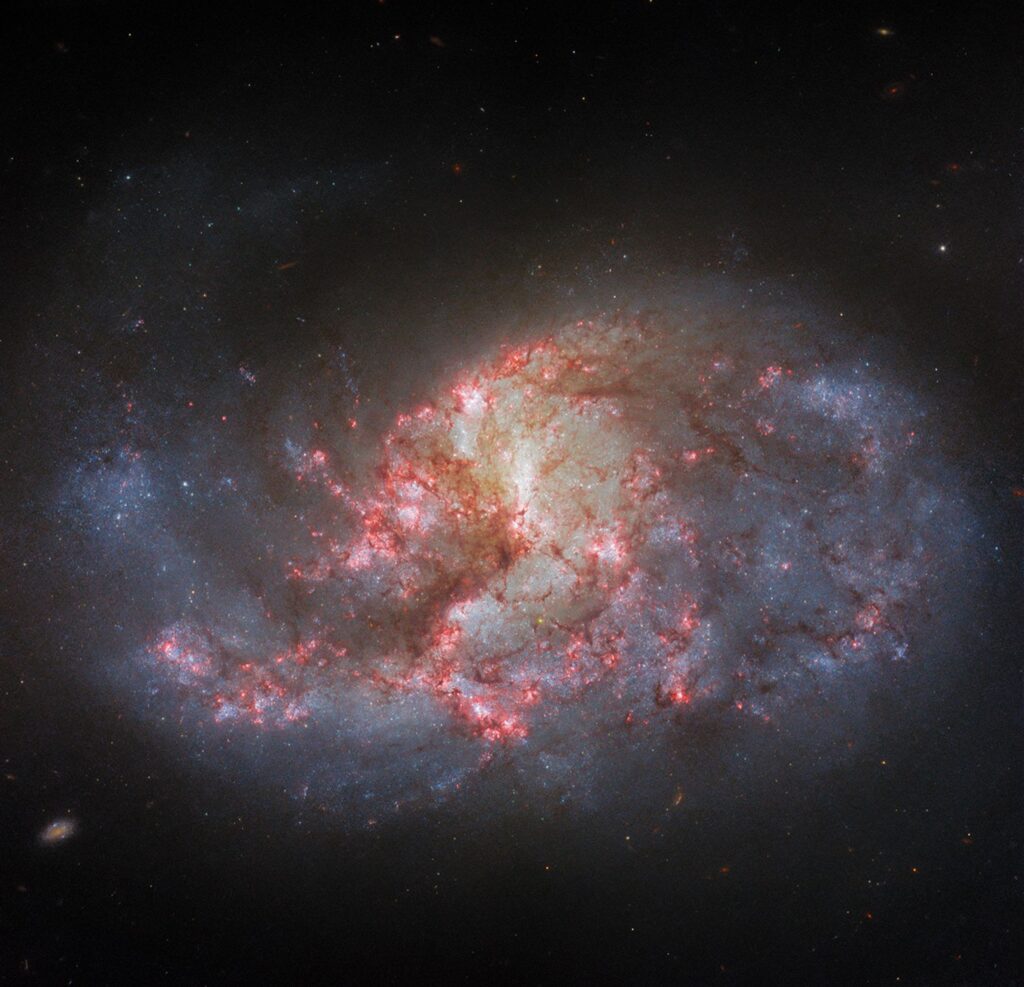The United Kingdom’s possible space mission with Axiom Space is at too early a stage to speculate on the astronauts or the training involved, Space.com learned from its space agency.
The UK Space Agency signed a pact last week with Houston-based Axiom Space to aim for a commercially sponsored mission with four astronauts on board. Although rumors emerged that U.K. astronaut Tim Peake would come out of retirement to command the mission, the space agency told Space.com the mission is still at an early planning stage.
“We’re at the mission concept stage, so it is too early to speculate on crew members,” read an emailed statement to Space.com late Friday (Oct. 27) attributed to an agency spokesperson. Similarly, “it’s too early to speculate on the mission details or crew training requirements,” the statement added.
Related: ‘God Save the Queen!’ Famous phrase spoken in space for the 1st time
The UK Space Agency (UKSA) joins entities such as the European Space Agency (ESA) and the Canadian Space Agency (CSA) considering – or already planning to use – Axiom Space to bring individuals into space through other means than normal space station rotations.
Axiom allows for two-week missions to the space station, but must follow rules laid out by NASA, including having a former agency astronaut in command of the mission. Tim Peake was the first U.K.-born individual who went to space outside of arrangements with a private contract or another citizenship; he flew for six months with ESA and UKSA during Expeditions 46/7 in 2015-16. (There are also several U.K. astronauts who have flown for NASA, however, as a few examples of flown experience.)
More typically, NASA brings agency astronauts from several nations to the International Space Station for at least six-month missions, through its commercial crew program. The current option for missions is SpaceX‘s Crew Dragon, although Boeing may also fly its Starliner system on a test mission with astronauts in 2024. (SpaceX Dragon is also used for Axiom missions under a separate agreement.)
The U.K.-led mission aims to support that country’s national space strategy of 2021, which has pillars concerning commercial opportunities, international collaboration, increasing the U.K.’s ability to use science and technology, and making “resilient space capabilities and services.”
Related: UK launches Space City Leicester to push into the final frontier

“The potential mission would see U.K. astronauts fly to space to carry out scientific research and technology demonstrations,” the agency spokesperson stated. “They would also take part in education and outreach activities, so we can engage more young people in STEAM (science, technology, engineering, arts and math) and future careers in the space sector.”
Aside from an aim to fly science research and technology demonstrations, the UKSA is still formulating the mission concept for the two-week excursion. The demonstration, assuming it flies, could be part of certifying new technologies for future operational space missions, the UKSA added.
The concept would include working “closely with ESA on areas such as flight execution and crew selection,” the spokesperson noted. (The U.K. remains a member of ESA after leaving the European Union, as ESA is not a union organization, according to U.K. government materials.)
The UKSA emphasized the Axiom mission is still at an exploration stage and may not fly if the mission concept is not suitable. But if it does fly, “all costs would be met through sponsorship”, specifically through U.K.-based companies. “Work is underway now to explore how best to select them,” the spokesperson added.
“This is exciting news, but there is still much work to do to garner the support needed to execute this future mission,” the spokesperson added. “We are looking forward to working with Axiom Space in the coming months to turn the concepts into a mission.”
Related: Private space station: How Axiom Space plans to build its orbital outpost

Like the UKSA, the CSA’s planning with Axiom Space is at an early stage. The CSA announced a memorandum of understanding with Axiom in September 2022, which is a first discussion in potentially bringing Canadian tech and astronauts to the station at some unspecified date. (A non-agency astronaut and Canadian, entrepreneur Mark Pathy, paid his own way to fly on the debut Ax-1 mission in 2021.)
Similarly, Swedish reserve astronaut Marcus Wandt will join Axiom Space’s third mission, Ax-3, manifested now for January 2024. That flight is taking place under an agreement between ESA, the Swedish National Space Agency and Axiom Space. (Reserve astronauts are a new class of astronaut candidate who passed the ESA selection, but who remain with their current employers until called up for a mission under a consultancy contract.)
Related Stories:
“Sweden, an ESA member state, was offered to take the opportunity of a vacant seat onboard an Axiom Space mission (Ax-3), and it was then natural for ESA to call up Marcus from the reserve into the role of a project astronaut,” an ESA representative told Space.com in June.
The representative emphasized Ax-3 and other Axiom missions will help ESA prepare for missions after the ISS retirement, now expected for 2030. (Axiom is one of several companies aiming to create independent commercial space stations in the 2030s.)
“These missions provide short flight opportunities that are currently not available through NASA,” the representative added. “They are highly concentrated with a comprehensive, dedicated science program. They also help prepare ESA for the post-ISS environment.”


